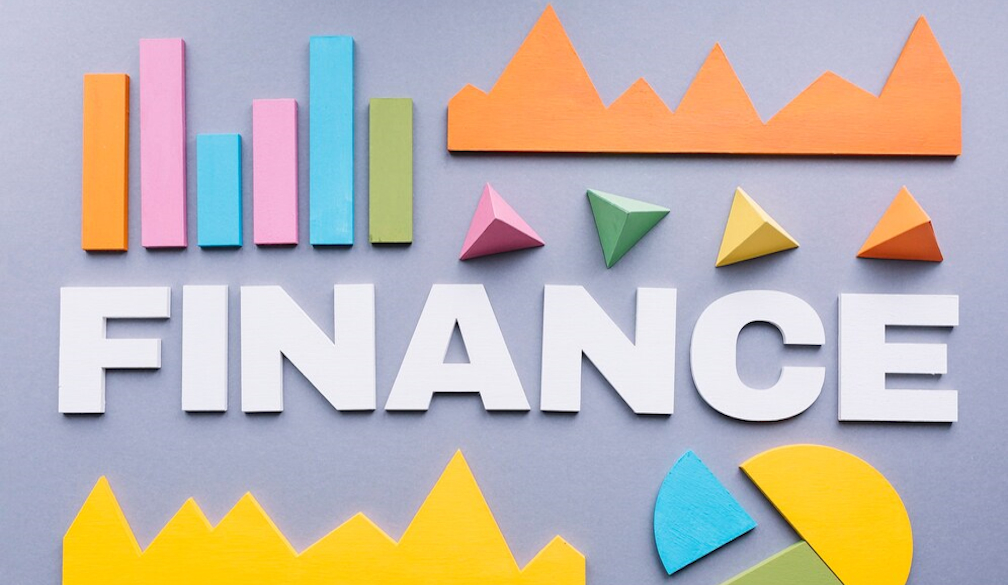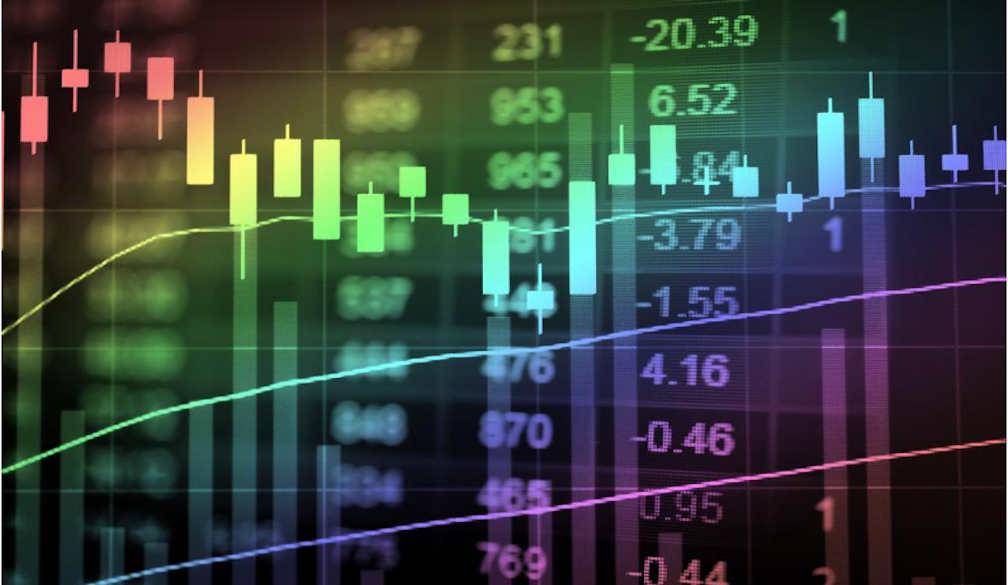Investing In Precious Metals: A Guide To Effective Strategies

Investing in precious metals has been a tried and true method of preserving and growing wealth for centuries. These timeless assets, which include gold, silver, platinum, and palladium, have stood the test of time and have consistently proven their worth as hedges against inflation and economic instability. However, to make the most of your investment in precious metals, you need a well-thought-out strategy. In this article, we'll explore seven key points to help you effectively invest in precious metals.
Diversify Your Portfolio
Diversification is one of the core concepts of investment, and it also applies to precious metals. Investing in a variety of financial asset types, such as bonds, equities, real estate, and precious metals, can help spread risk and safeguard your portfolio as a whole. Because they frequently outperform other assets during periods of low return, precious metals are a crucial part of a balanced investing strategy. However, if you are a novice or lack knowledge about portfolio diversification, you may speak with experts at AuctusMetals, and with their help, you can make your investment worthwhile.
Choose The Right Precious Metals
Not all precious metals are the same. While gold and other silver are more commonly purchased, palladium, platinum, and even platinum-coated steels have their own merits. Silver tends to be volatile and more industrial, while gold is considered to be a storehouse of value. Platinum and palladium, which are used in vehicle catalytic conversions, can be influenced both by automotive demand as well as supply constraints. Your investment goals and tolerance for risk should guide your choice of precious materials.
Consider Physical Vs. Paper Investments
When it comes to precious metals, investors have two main options: paper ownership or physical ownership. Physical ownership is the purchase of bullion bars or coins and their secure storage, whether at home or in a specialized vault. Paper ownership involves investing in precious metal ETFs, certificates or mining stocks. Each option has its advantages and disadvantages. Paper ownership is more convenient and offers greater liquidity. Your choice should be based on your investment strategy and preference.
Understand Market Cycles
The precious metals market is cyclical, and understanding these cycles can help you make informed investment decisions. Generally, precious metals tend to perform well during times of economic uncertainty, currency devaluation, and high inflation. Conversely, when the economy is robust and interest rates are rising, precious metals may underperform. Monitoring economic indicators, central bank policies and geopolitical events can provide valuable insights into market conditions and help you time your investments effectively.
Long-Term Perspective
Investing in precious metals requires a long-term perspective. While they can offer protection during times of crisis, their prices can be subject to significant short-term fluctuations. It's essential to resist the temptation to speculate on short-term price movements and focus on your long-term financial goals. Holding precious metals as part of a diversified portfolio can help you preserve and grow your wealth over time, especially when other assets may be underperforming.
Storage And Security
If you invest in precious metals in physical form, you'll need to consider storage and security. Storing valuable metals at home poses security risks, and insurance may be necessary. Alternatively, you can use professional storage services provided by reputable vaulting companies. These facilities offer secure storage options and insurance coverage, ensuring the safety of your investments. Keep in mind that storage fees are associated with these services, which should be factored into your overall investment costs.
Regularly Reassess Your Portfolio
Investing in precious metals is not a set-it-and-forget-it strategy. It's critical to periodically review your portfolio and make any necessary adjustments. Economic conditions change, and so should your investment allocation. Periodically review your overall financial goals, risk tolerance, and the performance of your precious metal investments. To keep your intended asset allocation, adjust your portfolio as needed.
Conclusion
Investing in precious metals can be a valuable addition to your investment portfolio, providing stability and protection against economic uncertainties. By diversifying your portfolio, choosing the right precious metals, considering your investment method, understanding market cycles, adopting a long-term perspective, ensuring secure storage, and regularly reassessing your holdings, you can effectively navigate the precious metals market and enhance your overall financial well-being.









